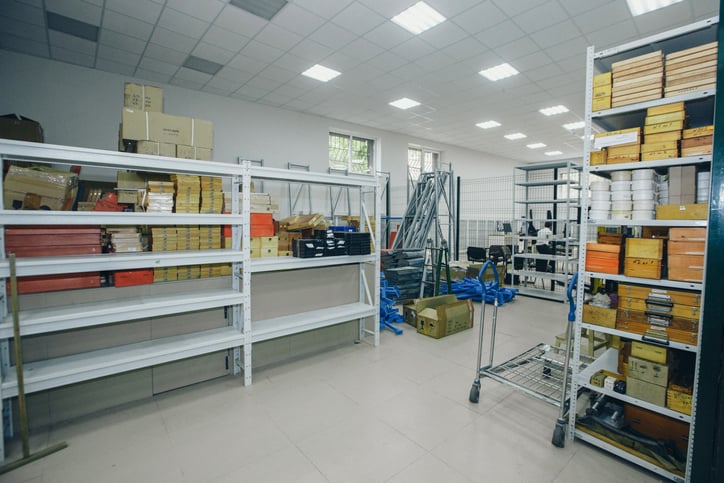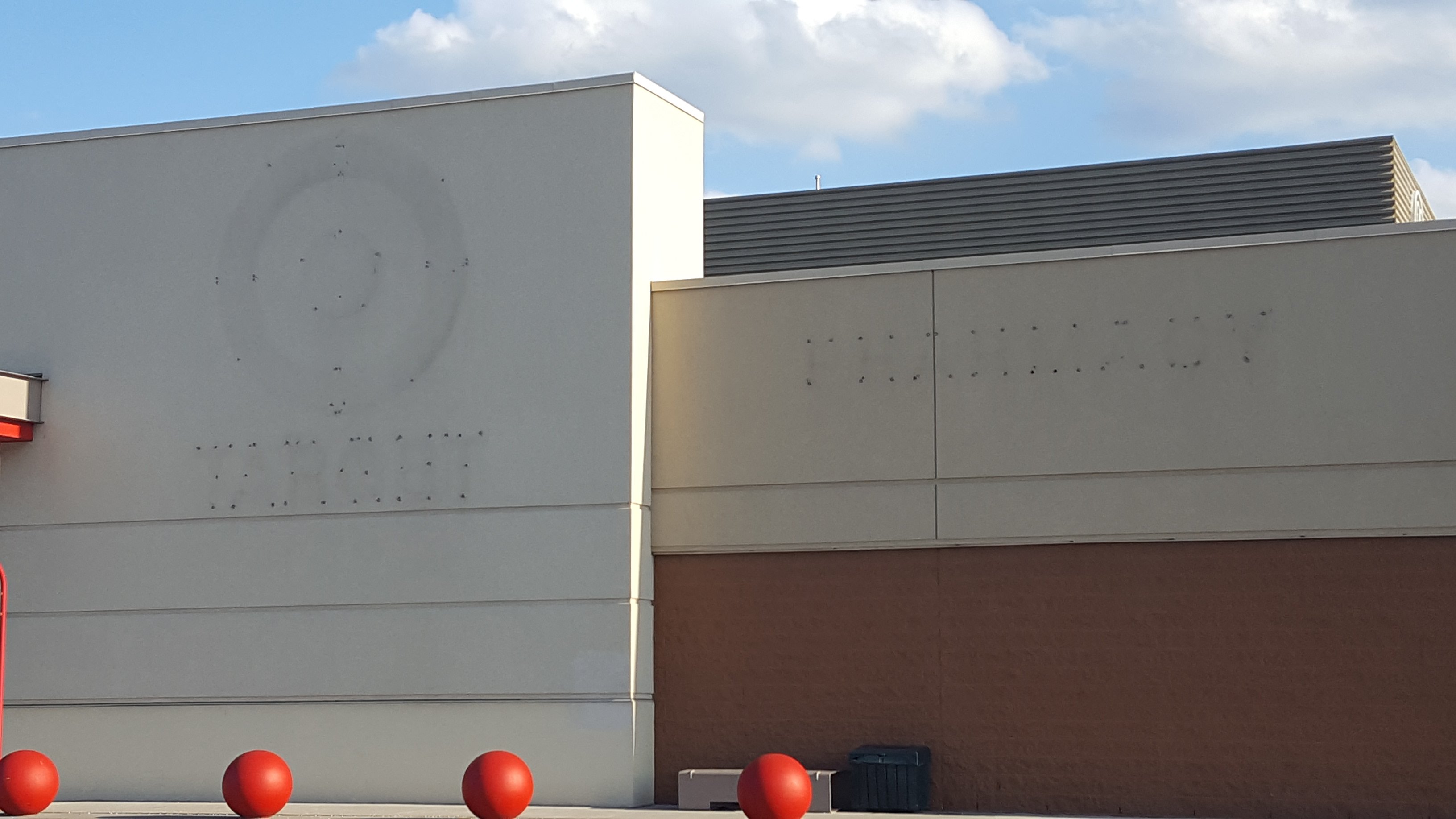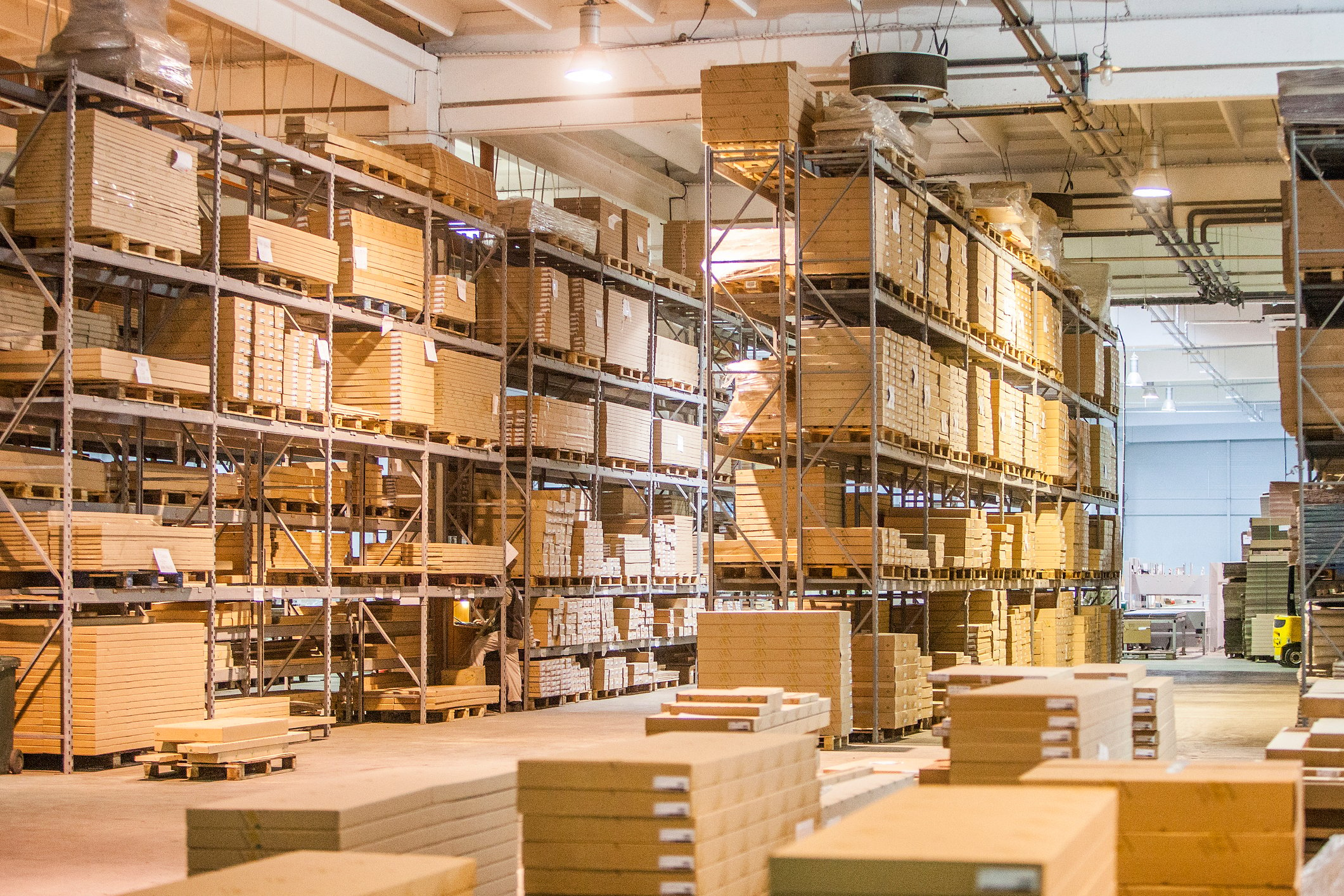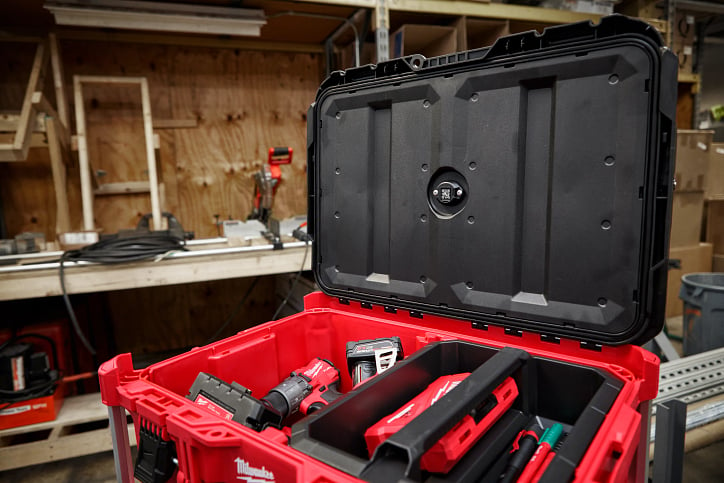
Stockouts are an unfortunate event that can affect consumers and businesses in any industry. In fact, 51% of businesses cited “out of stocks” as their biggest fulfillment challenge, according to research by Blue Yonder.
On retail ecommerce sites or even third-party ticketing sites, the dreaded “order fast – [insert small number quantity]” may provoke a certain level of unease, urgency, maybe even FOMO (fear of missing out) in customers and fans, leading them to quickly fill their carts and check out, while dissatisfaction and sadness may emerge if their rapid-fire clicks prove unsuccessful. A study reported in the Harvard Business Review, in fact, found that stockouts can lead to “walkouts” – with 21-43% of customers going to another, competitor store when faced with a stockout, costing businesses “nearly half of intended purchases.”
In construction, an evaporating materials supply has seen projects becoming more expensive, while a sluggish equipment management logistics network can lead to downtime on site, and worse, costly overruns.
So, what is a stockout, what are the common causes of stockouts, and how can you manage inventory to prevent stockout situations?
We answer these questions and more in this article.
Read on!
Jump Ahead:
Stockout Definition: What Is a Stockout in Inventory Management?
A stockout, as its name implies, refers to when a business runs out of inventory on certain items, the “state or instance of being out of stock of goods.” Similarly, the Cambridge University Dictionary definition for the term stockout is “a situation in which there are no goods of a particular kind available for sale.”
In construction, a stockout could refer to critical materials shortages upstream at the supplier-level, or at the project-level it could mean when tool crib shelves sit empty when highly circulated equipment is deployed to multiple projects, and in some cases, when low visibility to inventory in the field leads to equipment sitting onsite for extended periods unused.
Stockout synonyms may include unobtainable, unprocurable, and can be described simply with the phrase, “out of stock.” Furthermore, the term stockout may be considered an antonym (the opposite) of overstock, when businesses have too much inventory stock of certain items (i.e., more supply than customer demand).
What Is the Difference Between Stockout and Shortage?
While the terms “stockouts” and “shortages” are often used interchangeably, they have two distinct meanings, which may seem obvious but bears repeating.
The difference between a stockout and a shortage is stock versus no stock. In the case of a shortage, albeit dwindling, stock exists that can be carefully appropriated, while a stockout refers to the complete absence of stock in a particular category.

A shortage, Investopedia defines, refers to the “condition where the quantity demanded is greater than the quantity supplied at the market price.”
What Is an Example of Stockout?
Examples of stockouts, we’ve previously reported, have been seen disrupting the supply chains of massive companies like Target, Nike, and Chipotle – stockouts emerging during the rollout of Target’s expansion into Canada, in fact, led to the chain pulling out of the Canadian market only two years after the American brand entered Canada.

The faint logo of a de-badged, former Target Canada location can barely be seen as this retail store sits empty. Image Source: WikiCommons
The COVID-19 pandemic, more recently, affected as many as 38.8% of U.S. small businesses, Zippia reports – with construction among the industries affected.
Materials shortages have driven prices up and risk stockouts, delaying projects as well as threatening infrastructure projects.
Stockout Costs: Understanding the Impact of Stockouts
Stockouts can have an adverse impact on customers’ perception of businesses.
A 2011 psychological study (5) presented two experiments that revealed this to be true with results finding negative emotions caused by stockouts leading to degraded customer perception of store image, lowered decision satisfaction, and reduced behavioral intent. Similarly, a 2015 study (2) of high-risk product categories of 115 SKUs across 98 stores found, as you would imagine, detrimental impacts of stockouts, while it observed a positive outlook when ordering processes were performed using automated ordering systems.

One negative impact of stockouts: The looming stockout costs that tend to cause adverse, collateral damage on business performance.
One study (1) confirmed the adverse impact of a stockout extends to both current order as well as future orders, for example. These findings, the authors concluded, “can be used to provide input to inventory planning models and illustrate how failing to account for the long-run effects of a stockout will lead to suboptimal inventory decisions.”
What Is Stockout Cost?
Stockout costs generally refer to the lost income and associated expenses incurred due to events where inventories run out of stock.
Stockout Cost Formula
As Shopify has noted, a stockout formula can be represented as follows:
Inputs for the above formula are as follows:
- SC = Cost of stockout
- D = Number of Days Out of Stock
- AS = Average Units Sold Per Day
- P = Price Per Unit or Profit Per Day
Stockout costs impact businesses across industries:
- Microprocessors and tech industry: An MIT engineering/MBA thesis (9) on the topic in 2006 found fierce competition in the microprocessor business causing stockout costs to be particularly impactful, while more recent supply chain issues arising with semiconductors have proven to cause their shortages to put strain on manufacturers – which impacts customers further downstream with rising costs and unavailability on certain consumer goods.
- Manufacturing: In manufacturing, one study (8) found that “out of stock (OSS) occurrences” proved detrimental not only on monetary losses of sales, but also reduced customer loyalty. A similar study by researchers in the Journal of the Academy of Marketing Science (6) posited consumers to be “more likely to prefer substitutes from the same brand when a stockout is unexpected (vs. expected).” These findings, perhaps, suggest hope, in that customer loyalty, when their experience is overall good, may prevent them from swapping one brand for another due to an unexpected stockout event.
Causes of Stockout
The causes of stockouts are many:
- Mismanaging inventory
- Planning problems in the supply chain
- Misjudged long-term demand
- Human error/manual entry (e.g., duplicate inventory data entries)
- Shrinkage (due to damaged goods or theft)
- Lack of real-time tracking
In the Harvard Business Review study, 72% of stockouts were “due to faulty in-store ordering and replenishing practices—retailers ordering too little or too late, generating inaccurate demand forecasts, or otherwise mismanaging inventory.”

Though stockouts vary widely organizationally, researchers for the International Journal of Physical Distribution & Logistics Management (4) noted that “Improvements to store operations and the coordination of store delivery and shelf replenishment are most effective in reducing stockouts.” They added, further, “Manual audits of stockouts and their causes benefit instore execution and provide the level of detail necessary for management to prioritize areas of improvement.”
A study published in the Journal of Business and Retail Management Research (7) reported “70-75% of out of stocks conditions happen because of poor management of merchandising and logistics function,” while wrong ordering and forecasting accounted for 50% of stockouts.
Research into inventory control in the construction industry (3) pointed to the lack and incompleteness of “up-to-date information regarding on-site stock” as cause for stockouts, in part due to “poor tracking and locating of materials in construction sites.”
How to Prevent Stockouts
Now that we’ve established what stockouts are and the impact they have on business, let’s discuss how to prevent them:
- Establishing Safety Stock Protocols
- Inventory Tracking
- Lean Construction Adoption
- Establishing Inventory KPIs like Lead Time
Establishing Safety Stock Protocols
Safety stock is an inventory management concept referring to the extra quantity of supplies or resources deliberately set aside as a precaution against events that can’t otherwise be planned for.

Safety stock is the precaution against stockouts and can prevent sales losses and weather unforeseen events (like supply chain disruptions).
As we’ve previously written, safety stockpiling protocols may greatly differ from business to business, but a general rule-of-thumb for small businesses can be followed with the below safety stock formula.
Safety Stock Formula
- (Maximum Daily Usage x max. Lead Time) – (Average Daily Usage x average Lead Time)
Inventory Tracking
Inventory tracking via a comprehensive system that combines software, tools, and integrated hardware can help create a “digital twin” of what’s on your shelves – that way, when you send inventory to the field, you have more than a verbal confirmation that these assets will return on a given day, but also you can create a digital bread crumb trail that follows them into the field, ensure assets don’t get lost in transit, as well as protecting against shrinkage via power tool theft protection, for example.

Common components to inventory tracking:
- Cloud-based inventory system: Can you access your inventory in real-time, wherever you are – i.e., from the office or tool crib via desktop computer and on the go via mobile apps? Are changes to inventory synced in real-time for everyone versus the alternative (errant spreadsheets and print-offs). Think: Google Drive or Microsoft 365-level access for inventory management.
- Tracking devices: Tracking products that can be used in tandem with your tracking software can power location-based inventory tracking in the field, but it’s also critical to apply the right hardware for the right job.
- Geofencing: A software feature, geofencing allows you to set virtual perimeters around physical places. When inventory items, assigned to these physical places, are seen (combining these above-mentioned tracking devices) digitally in the inventory system wandering outside of these established borders, users of the inventory system get alerted. Furthermore, on compatible smart tools, out-of-place items can be marked “missing” or “stolen” when you believe theft is involved – the next time our network sees your tool, it will “lock out,” rendering it useless to the thief and helping you update its location that can be helpful when working with law enforcement.
- Kitting: Kitting is a practice used by some of the largest supply chain operations out there. With this feature in One-Key, you can group miscellaneous tools and equipment you’re sending to the job in your gang box, all at once. What’s more, this feature can be used in tandem with PACKOUT™ modular storage and tool transfers to make these bulk inventory sends more seamless – add an asset ID tag or Bluetooth Tracking Tag to the lid of your PACKOUT, and with a simple scan, you can you’ll get a list of everything assigned to this kit, allowing you to do a quick visual audit, sign off on the order, or mark anything that’s amiss to the tool team.
Lean Construction Adoption
While it may sound counterintuitive to the “safety stock” procurement we discussed earlier, lean management principles such as “Just-in-Time” (popularized by Toyota in the 1970s and the basic tenet employed in grocery stores) ensure just what’s needed, no more, is procured and shipped to where it’s needed, as it’s needed.

Lean construction aims to reduce waste from the construction supply chain while increasing value for the customer.
Such an approach uses of offsite construction to industrialize construction and “productize” the build for greater consistency and quality assurance. It involves adopting cloud-based tools (such as BIM for design file management) and construction automation technology (such as 3D printing) to streamline processes and maximize output.
Establishing Inventory KPIs like Lead Time
Finally, establishing benchmarks for success, such as inventory KPIs like lead time (time from order to delivery), is critical for ongoing success – they help you measure preestablished targets and make operational changes with agility, maximizing profitability.
Improving YoY construction forecasting, for example, may be a high-level organizational key performance indicator (KPI) – taking advantage of job costing, tool teams can ladder up to this organizational goal by better tying dollar amounts to equipment they’re renting out, preventing inventory sitting onsite for extended periods, unused.
Bottom Line
Stockouts are an unfortunate event in any industry, especially construction where many moving parts make the job of a construction inventory manager that much harder. Proper planning and improving internal processes can help stave off these stockouts and keep you operationally lean (as always, reducing downtime).
Read more inventory strategies to empower your tool team!
References
- Anderson, E., Fitzsimons, G, and Simester, D. (2006, 11). Measuring and mitigating the costs of stockouts. Management Science, 52(11):1751-1763. https://doi.org/10.1287/mnsc.1060.0577
- Avlijas, G., Simicevic, A., Avlijas, R. et al. (2015). Measuring the impact of stock-keeping unit attributes on retail stock-out performance. Operations Management Research, 8, 131–141. https://doi.org/10.1007/s12063-015-0104-6
- Chua, B. (2019). The impact of Inventory Control on construction industry. International University of Malaya-Wales. https://doi.org/10.13140/RG.2.2.28584.62722
- Ehrenthal, J and Stölzle, W. (2013, 01). An examination of the causes for retail stockouts. International Journal of Physical Distribution & Logistics Management, 43(1), 54-69. https://doi.org/10.1108/09600031311293255
- Kim, M. and Lennon, S. (2011, 01). Consumer response to online apparel stockouts. Pscychology & Marketing, 28(2), 115-144. https://doi.org/10.1002/mar.20383
- Khan, U and DePaoli, A. (2023, 03). Brand loyalty in the face of stockouts. Journal of the Academy of Marketing Science. https://doi.org/10.1007/s11747-023-00924-8
- Ranjan, J. and Puri. (2012, 04). Out of stock conditions affecting customer satisfaction and customer loyalty. Journal of Business and Retail Management Research, 6(2), 38-52. https://jbrmr.com/cdn/article_file/i-13_c-98.pdf
- Rosales, C., Whipple, J, and Blackhurst, J. (2018, 04). The impact of out-of-stocks and supply chain design on manufacturers: Insights from an agent-based model. Transportation Journal, 57(2), 137-162. https://doi.org/10.5325/transportationj.57.2.0137
- Sonnet, M.C. (2005). Cost of stockouts in the microprocessor business and its impact in determining the optimal service level. [Master’s thesis, Massachusetts Institute of Technology]. https://dspace.mit.edu/handle/1721.1/34863